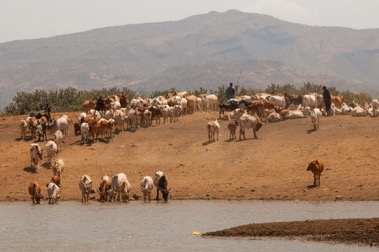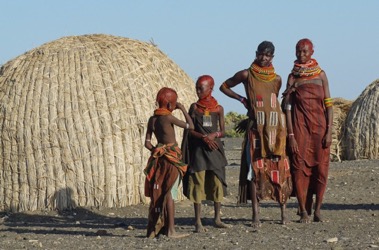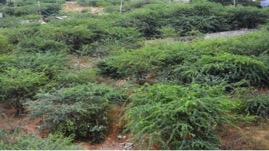

Turkana County is the largest, most arid and least populated county in Kenya. It experiences perennial drought, water / food scarcity and has a fragile ecosystem exacerbated by climate change drawbacks. Furthermore, its ecosystem is ravaged by a prolific invasive shrub species called Prosopis juliflorathat extensively covers the county. This shrub has deep roots that outcompete other plants for water and aggravates the food-crop water stress in dryland ecosystems. It also grows into dense impenetrable thickets that cover other plant types and mostly scorches out the grasses that are vital for pastoralists’ livestocks.

This SRP will quantify the spatial-temporal distribution of the shrub in Turkana County. It will further determine best practices of harvesting the shrub for human consumption (e.g. fuelwood and timber) and consequently reduce its growth. This project will have positive impacts on environmental restoration, increased livestock fodder and livestock products, and added local incomes from exploitation of the shrub.
Team Members
John Obiri (Masinde Muliro University of Science and Technology, Kenya)
Namenya Daniel Naburi (Masinde Muliro University of Science and Technology, Kenya)
Kaleb Mwendwa(Masinde Muliro University of Science and Technology, Kenya)
Jadu Dash (University of Southampton, UK)
Meryl Jagarnath(University of Southampton, UK)
Francis Oloo (Technical University of Kenya)
Sosten Chiote (University of Malawi)

